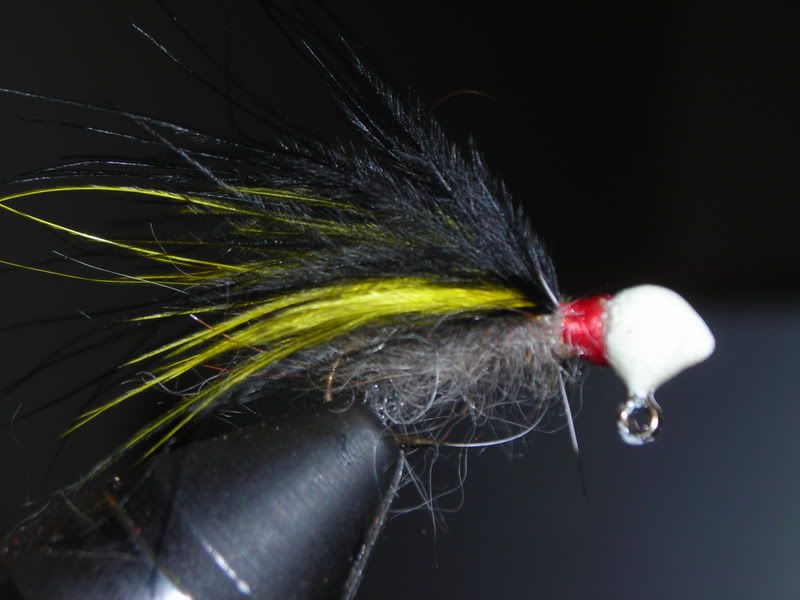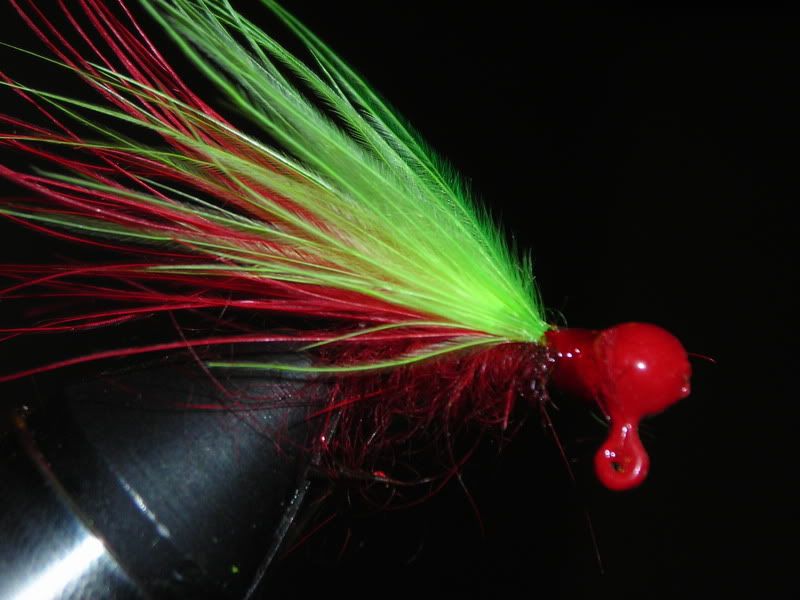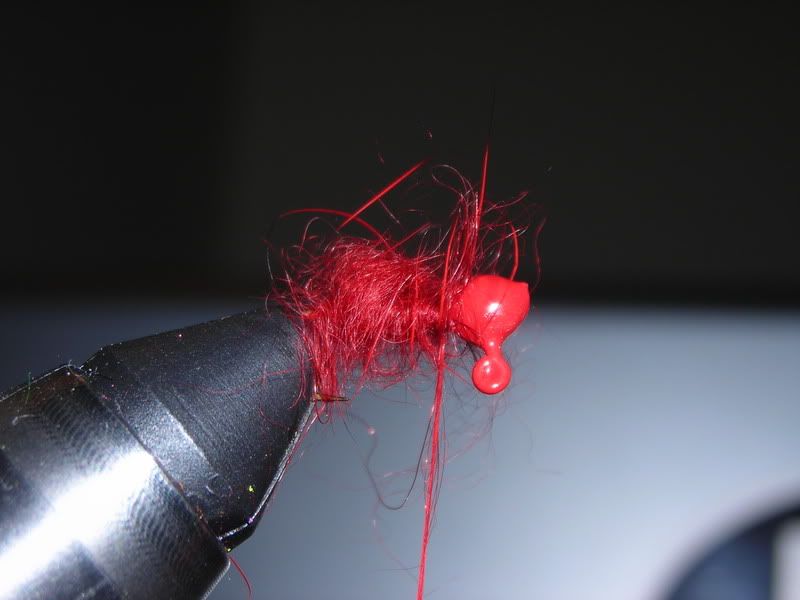I don't use it much any more (there are easier methods) for jigs, but I think I can explain. Essentially, it's just about any type of material (fur shavings, very small feathers, wool, synthetic stuff) that you "glue" along the length of the tying thread and then wind the thread onto a fly or jig. Usually, you're making a body. To get it to stick to the thread, you can put a dubbing wax or other sticky substance on the thread, then apply the dubbing material.
Most folks here just use chenile or an artificial material that can be wound onto the hook to form a jig body without using thread (other than to anchor each end of the body material)--much easier than making dubbing and it's bulkier, which means using less material. Jigs are not exactly finesse lures when you compare them to a dry fly tied on a number 22 hook, so it's usually not necessary to get overly precise with the body material.


 Likes:
Likes:  Thanks:
Thanks:  HaHa:
HaHa: 

 Reply With Quote
Reply With Quote





















